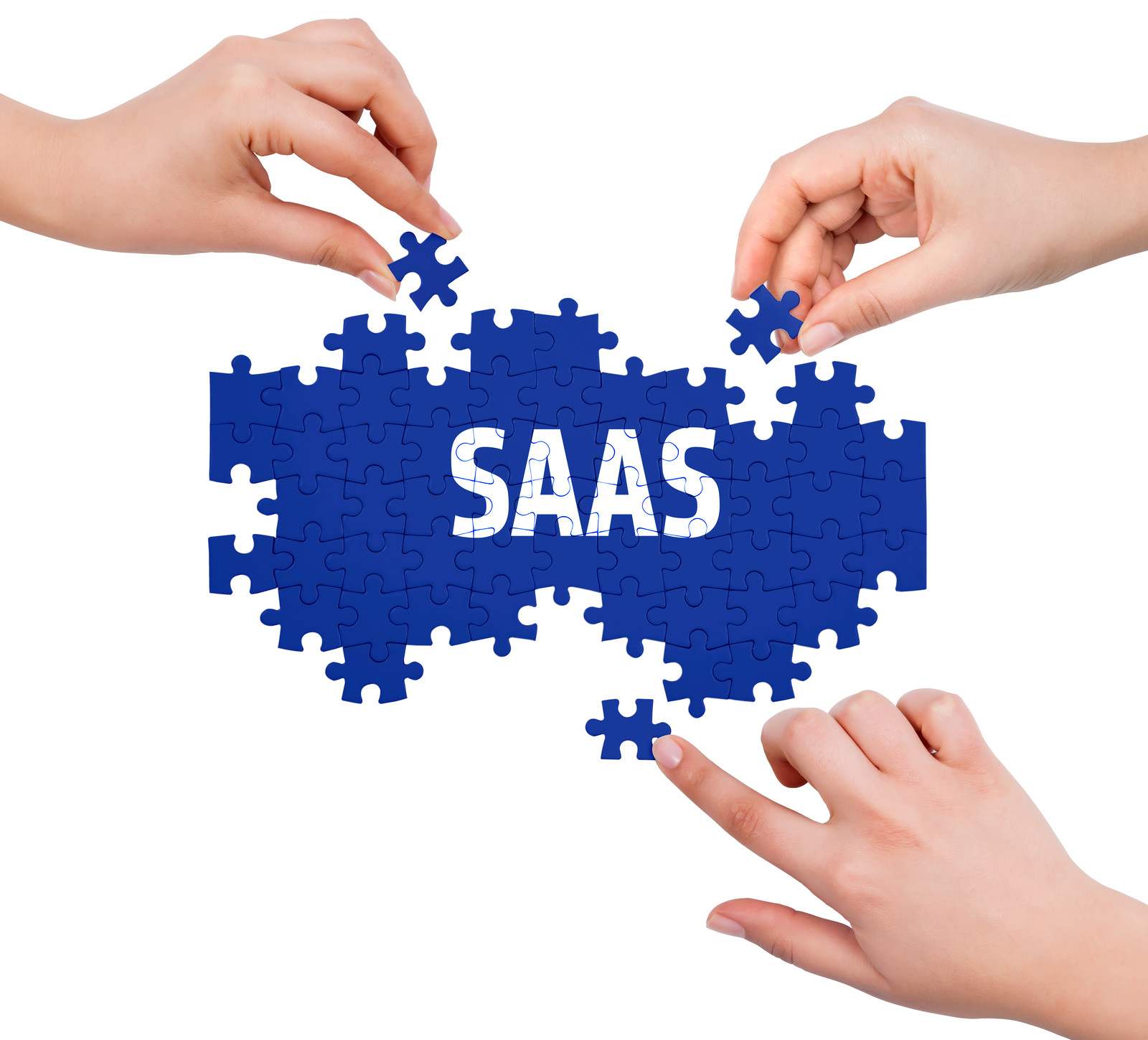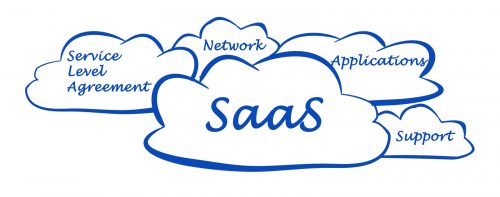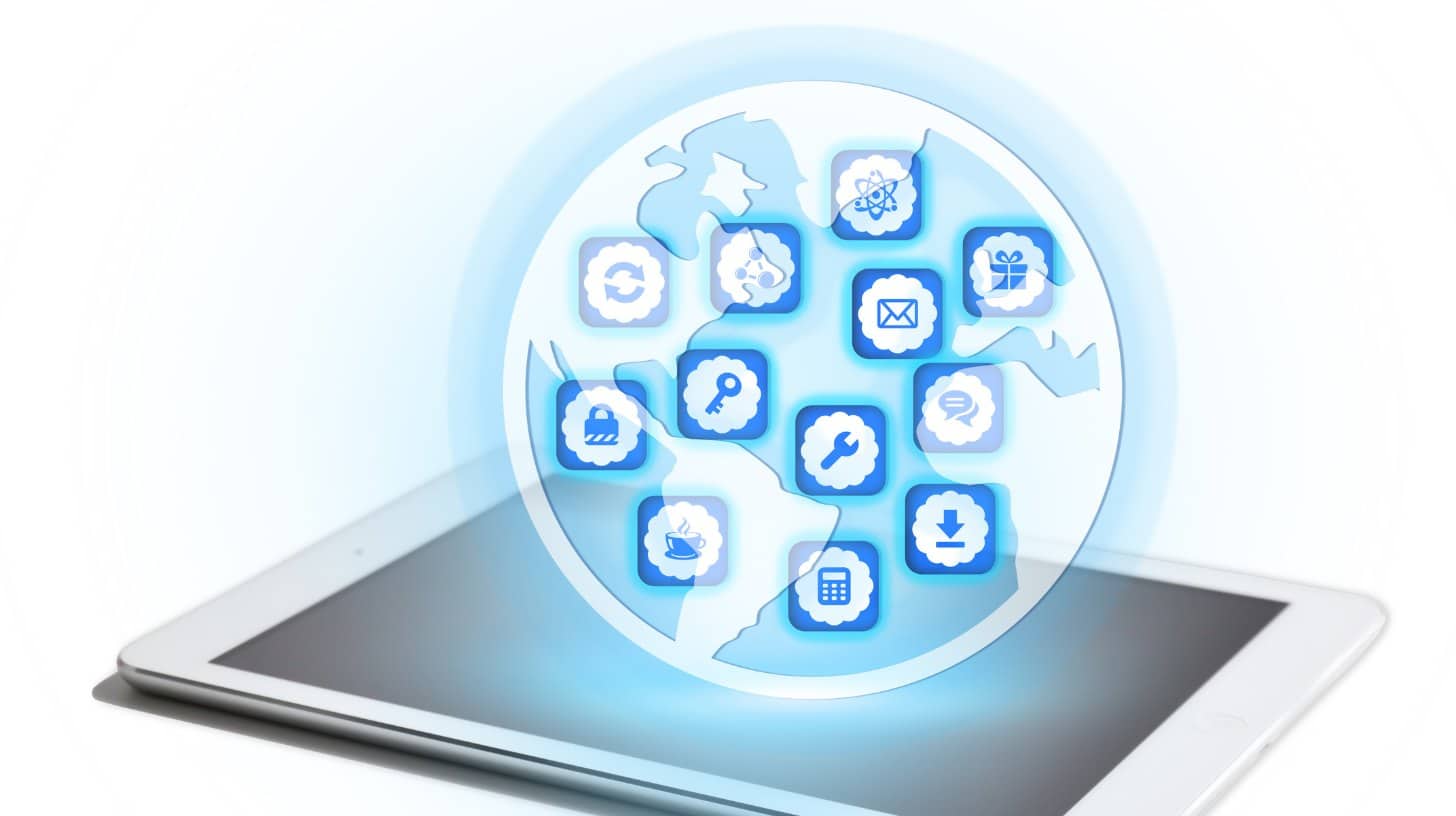No one expects a change in business model to be easy. On premise vs off premise is a decision to not take lightly.
That said, transitioning from an enterprise software platform to a cloud software-as-a-service (SaaS) platform certainly seems among the easier major changes a software business can make.
This perception of on premise vs off premise, though, can lead to repeating many of the mistakes made before by companies who failed to make the same transition.
Avoid these gotchas before deciding to upgrade your on-premise solution with a cloud-based solution.
1. Don’t assume your current non-SaaS customers will love your new SaaS model

While SaaS and traditional on-premise enterprise are totally different worlds, the two still fall safely in the software universe.
It’s tempting to rely on old assumptions about your audience; the ingrained needs and pain points that drive customers to seek a costly, high-maintenance enterprise software solution.
Today’s SaaS customer opt for the cloud for vastly different reasons:
– Cost Effectiveness
Companies often pursue on-demand software as a single piece of a larger plan to outsource non-critical business functions. They’re additionally expecting a quicker return-on-investment compared to high-overhead enterprise software solutions.
– Lower Risk
Businesses are used to paying an enormous upfront investment for enterprise software, which makes monthly payments without costly setup costs or contracts incredibly enticing.
After all, everyone’s looking to improve their workflows and reduce redundancies, so lowering the bar for trying out a new solution has created a buying atmosphere less conducive to commitment.
– Unburdening IT Departments
SaaS solutions have created a new dynamic in IT departments.
Software providers are now expected to regularly update products and provide support themselves. This stands in stark contrast to the old way of doing things, where IT staff needed to be hired and trained to maintain software systems, often being more responsible for the secure operation of software than the creators themselves.
Just as a changing business model requires a business to rethink their approach, having a software vendor radically change their offering will cause them to rethink their commitment.
As pointed out by Scott Nash, VP at Marketo, anytime your customers are faced with the decision to move from an on-premise to a cloud-based SaaS solution, they’ll naturally consider why they committed to begin with.
That’s why the transition needs to be seamless.
Anticipate your customers’ need for support. They’ll be dependent on your release schedule, often eagerly anticipating releases that squash bugs and add features.
This change will require patience among your customers.
Integrations will have to be reworked, your customers’ IT department will find themselves in a dramatically different position, and you’ll need prepared answers for when customers ask about the security of their once-exclusive ownership over their data.
2. Don’t Price Your SaaS Based on Development Costs of On Premise vs Off Premise
Keep in mind, there is no universally “correct” pricing strategy for any SaaS offering regardless if its on premise vs off premise.
Your job isn’t to nail the best pricing model the first time around and leave it set in stone. Rather, your job is to do solid due diligence, consider customer expectations as well as marketing objectives.
Don’t forget that your customers’ expectations for the price do not revolve around feature sets.
It’s hard for many founders to accept, but pricing is never about recouping the cost of development.
Instead, the value of your product is related to the expected outcome of your product.
To do so, loosely follow these guidelines set out by Jason Lemkin, founder of the popular SaaS conference, SaaStr.
If you’re confident you can provide significantly more value than your competitors, then run price elasticity tests to see what the market will bear – the more mature your product, the more features it has, the stronger the outcomes and ROI – all valid reasons for charging more today than yesterday.
Game-changing and industry-defining platforms have much more leeway.

It’s not unheard of for such companies to charge 10 to 20 times that of their competitors. This comes with two major caveats, though:
- Rising prices also raises customer expectations, so your product needs to deliver on every inch of its perceived value.
- Budgets are often inflexible. Any offering that requires higher-ups to ante up needs to totally redefine their product category.
3. Don’t write vague service-level agreements
A service-level-agreement (SLA) is a contract you sign with customers that entitles them to a certain level of functionality and stability.
Your goals in writing your SLA should be:
- Clearly defining what downtime may look like on your platform
- Outlining the process of escalation of support issues
- Any reasonable guarantees of the length of downtime
- The response time your support department is allotted to address any service issues
- At which point a customer is entitled to compensation/partial refund
Most important is to focus the SLA towards enabling the business function your service provides.
4. Don’t ignore the need for more support and customer education

Customer support takes on a whole new role in SaaS.
Gone are the days of yearly release schedules and in-house support staff on the client side. Instead, you’re expected to continuously develop your product while keeping it up and running as consistently as humanly possible.
This requires a change in both the philosophy and toolkit of an enterprise-oriented support team.
Now, your team likely needs some expansion to handle a huge step-up in responsibility. Customers will expect bug fixes quicker, and will be empowered to be more vocal about missing features and confusing aspects of your application.
Likewise, ticketing systems should be in place, along with live chat support, and a thorough and time-tested onboarding system will be necessary for giving your customers the confidence to take control.
Remember: Onboarding new customers is the most critical time to intervene in misperceptions and bad practices. Your job is to set expectations to contextualize their relationship with the support team, giving them the tools to resolve issues on their own.
5. Don’t forget to re-structure how your sales team is compensated
Among the largest changes when moving from an enterprise software provider to cloud services is an uptick in churn, and this has a direct impact on B2B SaaS sales team commissions.
While you’re making it easier for customers to ditch their current service for yours, the same is occurring across your competitors. That’s why successful SaaS sales commissions are typically derived from either monthly recurring revenue or annual contract revenue.
However, as your company expands, you’ll start to see more influence from sources outside the sheer revenue from new accounts.
Depending on the industry and customer need, you might opt for compensating for gross margins.
A salesperson might, for instance, complete sales with companies that don’t require as much support or sell more high-margin products.
Your customers expect a partner in success
Compared to traditional enterprise software, SaaS has fundamentally changed the relationship between customer and provider.
Clients expect your product to anticipate their needs, adapt whenever necessary, and be readily available to lend a hand whenever they’re faced with a challenge.
Bottom line: If they don’t see you as the authority over their most pressing questions, they’ll find a vendor who is.



